Bio-medical engineers at the Stanford University have made an origami microscope to diagnose diseases. The interesting fact is its low price, only 30 p. The microscope developed by Prakash has three stages and can customized to identify different diseases like Malaria.
Newly invented microscope has enough potential to revolutionize the field of microscopy. The tiny foldable scope is made of a single piece of paper and able to diagnose diseases. The cost of the tiny scope is just 30p which makes it more affordable and catchy. It is an origami-based print-and-fold optical microscope and quite easy to make. It can diagnose diseases easily for example malaria by just varying the configuration of filters. About 30 different filter configurations have been worked out by the the engineers of Stanford University to diagnose different diseases. The scope is the product of Prakash Lab of bioengineering department of Stanford University.
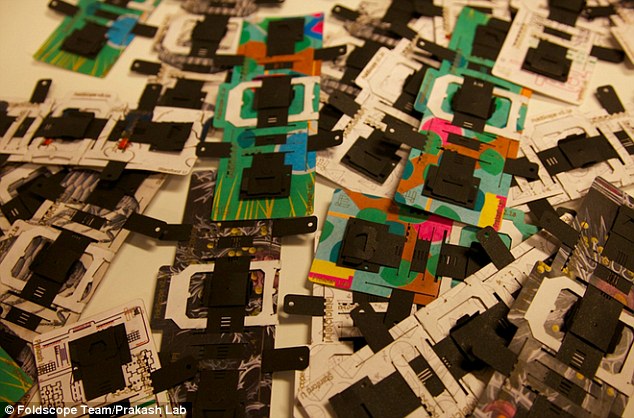
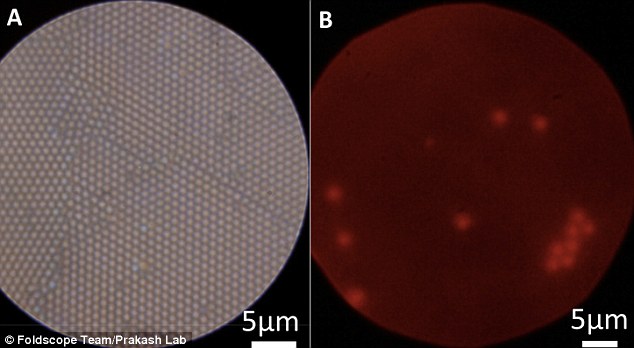
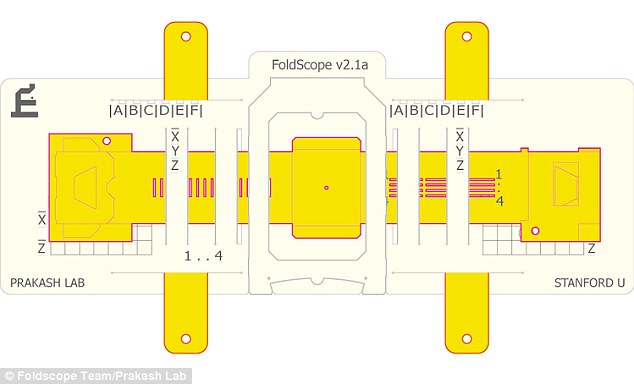
Micro optics, filters and lenses all are embedded on a single piece of paper. Three stages are involved in the operation of the origami scope i.e. optical stage, illumination stage and finally mask holding stage. The magnifying stage can magnify the objects up to 2000 times. First of all, the paper is folded to make enough space to place the slide inside and then the objects are illuminated with the help of illumination stage. Standard glass slides of the size of 3-inches long, by 1 can easily be used. However, for the safety the kit comes with plastic slides.
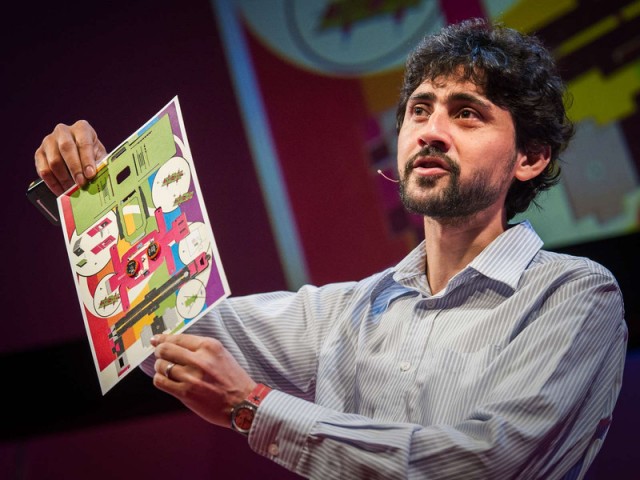
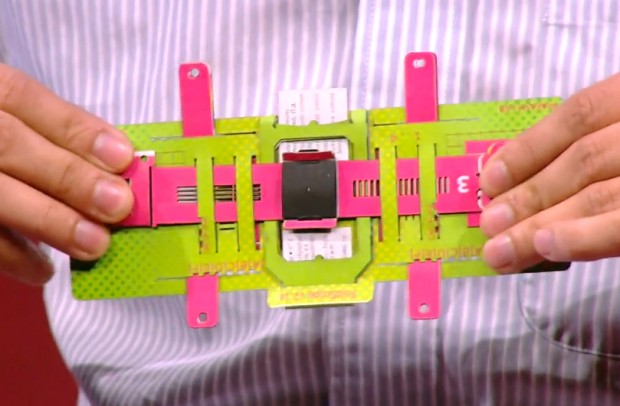
The main feature of the fold scope is its color coding scheme instead of written instruction so different people speaking different languages can easily assemble the microscope using color coded instructions. Prakash demonstrated the ruggedness of the microscope by throwing it around. The main objective of this invention is to eliminate the complexity; hence every foldscope is optimised for one particular type of image and disease diagnosis. Before commercialization, the researchers are planning to test it on 10,000 beta users with different configuration settings. In this way, they will be able to thoroughly test the various functionalities of the scope.
